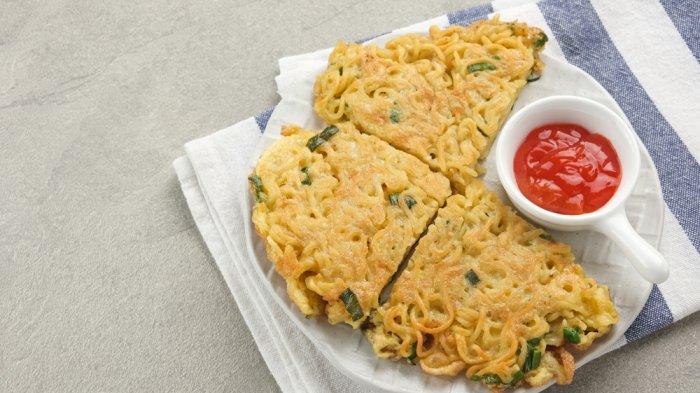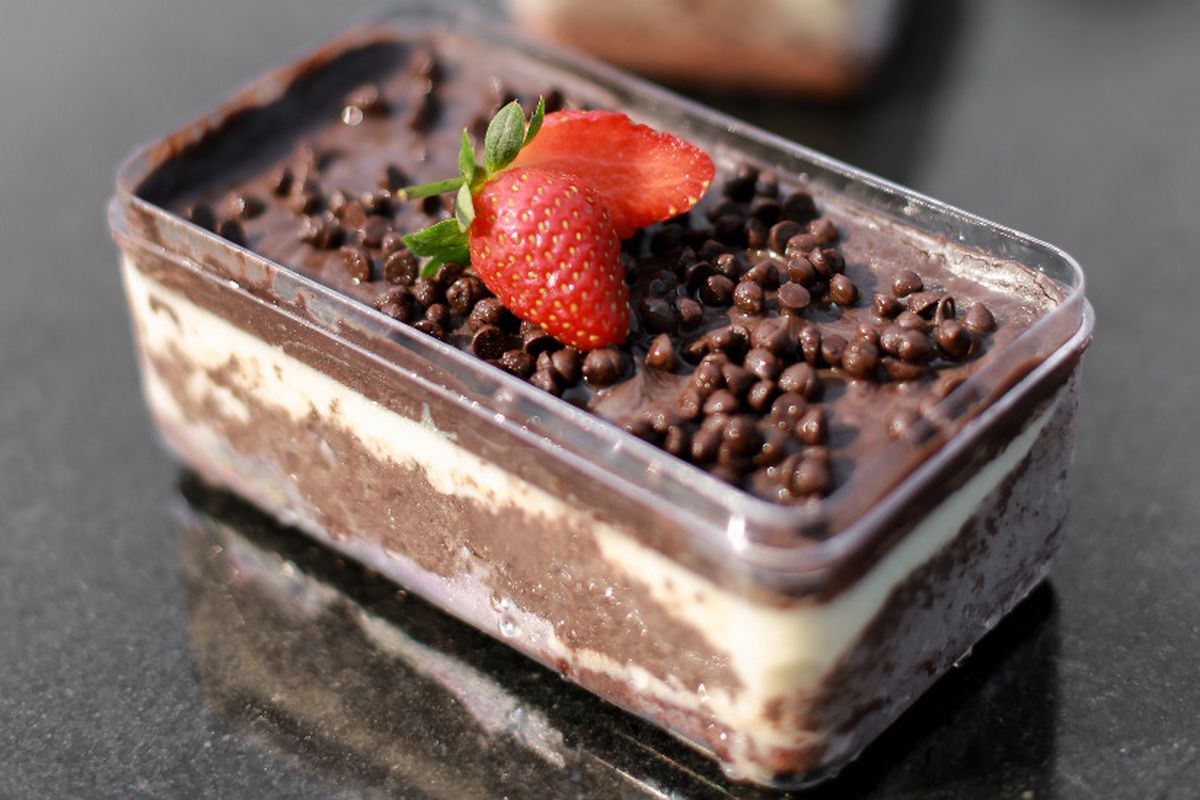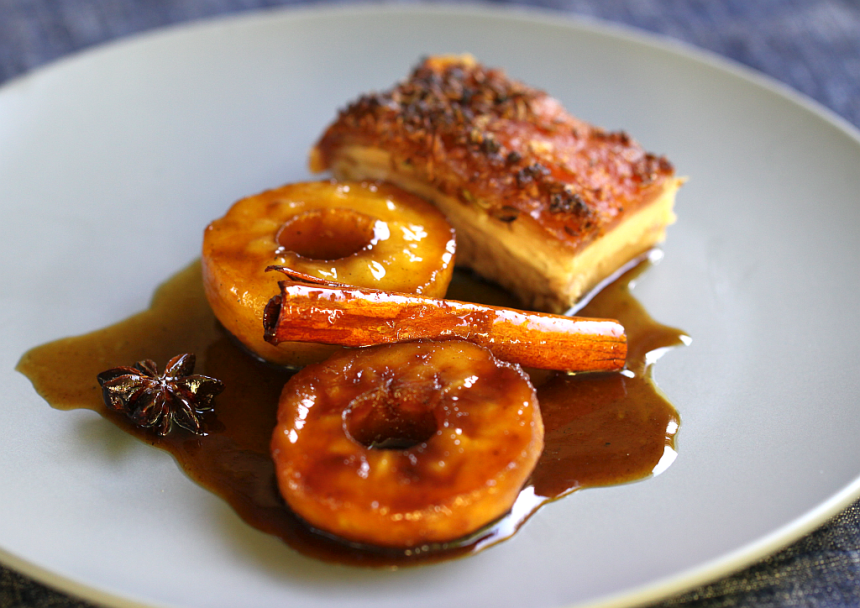In the vibrant state of Gujarat, there is a culinary delight that has stolen the hearts of food enthusiasts across the country – Dhokla. This iconic dish represents the true essence of Gujarati cuisine, capturing the flavors, colors, and textures that make it unique. Dhokla is a steamed savory cake, made from fermented batter, typically consisting of gram flour, yogurt, and a blend of spices. With its light and fluffy texture, tangy flavor, and subtle sweetness, Dhokla is a perfect snack for any time of the day.
What sets Dhokla apart is its simplicity and versatility. It can be enjoyed as a breakfast dish, a lunchtime snack, or even a party appetizer. The traditional recipe uses a special technique of fermenting the batter overnight, giving Dhokla its characteristic softness and sponginess. The dish is often garnished with a tempering of mustard seeds, curry leaves, and green chilies, adding a burst of flavors.
Whether you’re a fan of Gujarati cuisine or exploring the diverse flavors of India, Dhokla is a must-try dish that will leave you craving for more. So, steam up your taste buds and dive into the world of oppatoto this steamed delight from Gujarat.
The History of Dhokla
The origins of Dhokla can be traced back to the ancient times of Gujarat, where it was known as a staple food among the local communities. Historically, it is believed that Dhokla was consumed by the working class due to its affordability and ease of preparation. The dish has evolved over generations, and today, it stands as one of the most celebrated snacks in Indian cuisine.
The fermentation process that gives Dhokla its unique texture and flavor is rooted in the traditional food preservation methods used by Gujaratis. Fermentation not only enhances the taste but also increases the nutritional profile of the dish. This technique reflects the ingenuity of Indian cooking, where natural processes are harnessed to create delicious and wholesome meals.
As Gujarat developed into a commercial hub, Dhokla became synonymous with the region’s food culture. Street vendors began selling Dhokla in various forms, making it accessible to a wider audience. The dish’s rising popularity led to its inclusion in various festive occasions, and it is now a staple at celebrations, gatherings, and even formal events.
Different Types of Dhokla
Dhokla is not a one-size-fits-all dish; it comes in various forms, each with its own unique flavor and texture. The most popular variant is the Khaman Dhokla, made from a fine gram flour batter that is steamed to perfection. This version is typically yellow in color, owing to the addition of turmeric, and is often served with green chutney and garnished with fresh coriander leaves.
Another delightful variety is the Rawa Dhokla, which uses semolina instead of gram flour. This type of Dhokla is slightly coarser in texture and tends to have a nuttier flavor. Rawa Dhokla is a fantastic option for those who enjoy a different twist on the traditional recipe. It is also known for being quicker to prepare, making it a favorite among busy home cooks.
For those looking for a healthy twist, Chickpea Flour Dhokla is an excellent option. This version is often enriched with vegetables like spinach or carrots, giving it added nutrition and color. Each type of Dhokla reflects the creativity of Gujarati cuisine, showcasing how one dish can be adapted to suit various tastes and preferences.

Health Benefits of Dhokla
Dhokla is not only delicious but also brimming with health benefits. Made primarily from gram flour, it is a rich source of protein, making it an excellent option for vegetarians and those looking to increase their protein intake. The fermentation process involved in its preparation enhances the digestibility of the ingredients and contributes to gut health.
Moreover, Dhokla is relatively low in calories compared to other snacks, which makes it a guilt-free indulgence. The steamed cooking method ensures that the dish retains its nutrients without the added fat that frying would introduce. This makes savory cake a favored snack for those watching their weight or seeking healthier alternatives to traditional fried snacks.
Furthermore, the addition of spices like mustard seeds and green chilies not only elevates the flavor profile but also offers various health benefits. Mustard seeds are known to have anti-inflammatory properties, while green chilies can aid in boosting metabolism. Overall, savory cake stands as a testament to the idea that healthy eating can also be delicious and satisfying.
Traditional savory cake Recipe
To prepare traditional savory cake, you will need the following ingredients:
- 1 cup gram flour (besan)
- 1/4 cup yogurt
- 1/2 cup water
- 1 teaspoon turmeric powder
- 1 teaspoon ginger-green chili paste
- 1 teaspoon Eno fruit salt (or baking soda)
- Salt to taste
- 1 tablespoon oil
- For tempering: 1 teaspoon mustard seeds, 6-8 curry leaves, and chopped green chilies
Instructions:
- In a mixing bowl, combine the gram flour, yogurt, water, turmeric powder, ginger-green chili paste, and salt. Mix well to form a smooth batter. The consistency should be similar to that of a pancake batter.
- Allow the batter to rest for about 15-20 minutes. This helps in the fermentation process, even if it’s not an overnight wait.
- After resting, add the Eno fruit salt to the batter and mix gently. You will notice bubbles forming, indicating that the batter is aerating.
- Grease the steaming tray or plate and pour the batter into it. Steam the batter in a preheated steamer for about 15-20 minutes or until a toothpick inserted in the center comes out clean.
- Once steamed, let it cool for a few minutes before cutting it into squares. For tempering, heat oil in a pan, add mustard seeds, curry leaves, and green chilies. Pour this tempering over the Dhokla squares for an extra burst of flavor.
This traditional recipe captures the essence of savory cake, showcasing its simplicity and delightful taste. Enjoy it as a snack or appetizer, and you’ll understand why this dish has become a beloved part of Indian cuisine.

Variations of Dhokla Recipes
While the traditional Dhokla recipe is a classic, numerous variations cater to diverse tastes and dietary preferences. One such variation is Paneer Dhokla, where grated paneer is added to the batter, enhancing the protein content and imparting a creamy texture. This version is particularly popular among cheese lovers and adds a rich flavor profile to the savory cake.
Another exciting variation is the Vegetable Dhokla, where finely chopped vegetables like carrots, peas, and bell peppers are mixed into the batter. This not only adds a pop of color but also boosts the nutritional value of the dish. Vegetable savory cake can be a great way to sneak in some extra vitamins, making it a wholesome option for both kids and adults.
For those who enjoy a bit of spice, Spicy Dhokla is an excellent choice. This version incorporates a higher quantity of green chilies and spices, resulting in a fiery kick that spice enthusiasts will love. Pair it with a cooling yogurt dip or mint chutney to balance the heat, creating a delightful culinary experience.
Tips for Making Perfect Dhokla
Creating the perfect Dhokla requires attention to detail and a few essential tips. First and foremost, ensure that your ingredients are fresh, especially the gram flour and Eno fruit salt. Stale flour can result in a dense texture, while expired Eno will not provide the required leavening effect.
The fermentation process is crucial for achieving the characteristic sponginess of savory cake. If you are short on time, you can let the batter sit for a shorter period, but allowing it to ferment overnight yields the best results. A warm environment will promote fermentation, so consider placing the batter in a warm spot in your kitchen.
When steaming the savory cake, avoid overfilling the steaming tray, as this can hinder proper cooking. Use a toothpick to check for doneness, and remember to let it cool slightly before cutting. This will help maintain its structure and prevent it from crumbling. Finally, don’t skip the tempering! It adds a burst of flavor that elevates the dish to new heights.
Serving Suggestions for Dhokla
Dhokla can be enjoyed in various ways, making it a versati le dish that fits different occasions. For a simple snack, serve it with a side of green chutney or sweet tamarind chutney. These accompaniments provide a delightful contrast to the savory flavor of Dhokla, enhancing the overall eating experience.
le dish that fits different occasions. For a simple snack, serve it with a side of green chutney or sweet tamarind chutney. These accompaniments provide a delightful contrast to the savory flavor of Dhokla, enhancing the overall eating experience.
For a more elaborate presentation, consider serving savory cake on a platter, garnished with fresh coriander leaves and a sprinkle of shredded coconut. This not only adds visual appeal but also introduces additional textures to the dish. Pair it with a refreshing beverage like buttermilk or a chilled lemonade to create a complete meal.
During festive occasions or gatherings, you can also use savory cake as a base for creating savory cake sandwiches. Layer pieces of savory cake with various fillings like spiced potatoes or paneer, and serve them as bite-sized snacks. This innovative approach will surely impress your guests and add a unique twist to the traditional dish.
Where to Find the Best Dhokla
If you’re looking to savor authentic savory cake, several places in Gujarat and beyond are renowned for their exceptional versions of this dish. In Ahmedabad, the bustling streets are lined with stalls serving freshly steamed Dhokla, often accompanied by tangy chutneys and garnished with fried green chilies.
One of the most famous spots is the Manek Chowk area, where vendors serve a variety of Dhokla alongside other iconic Gujarati snacks. The vibrant atmosphere and the aroma of freshly made Dhokla create a culinary experience that is hard to resist.
Outside Gujarat, many Indian restaurants across the country, as well as those abroad, feature Dhokla on their menus. Look for restaurants specializing in Gujarati cuisine, as they often offer authentic recipes and variations. Don’t hesitate to ask for recommendations from locals or food enthusiasts to find hidden gems that serve the best savory cake in town.
Conclusion
Dhokla stands as a symbol of Gujarat’s rich culinary heritage, embodying the flavors, traditions, and innovations that characterize this vibrant region. Its light, fluffy texture and savory taste make it a beloved snack enjoyed by people of all ages. Whether you opt for the traditional recipe or explore one of the many delicious variations, Dhokla is an experience that promises to delight your taste buds. If you like reading this article then please consider visiting dansartain to read more article like this.




